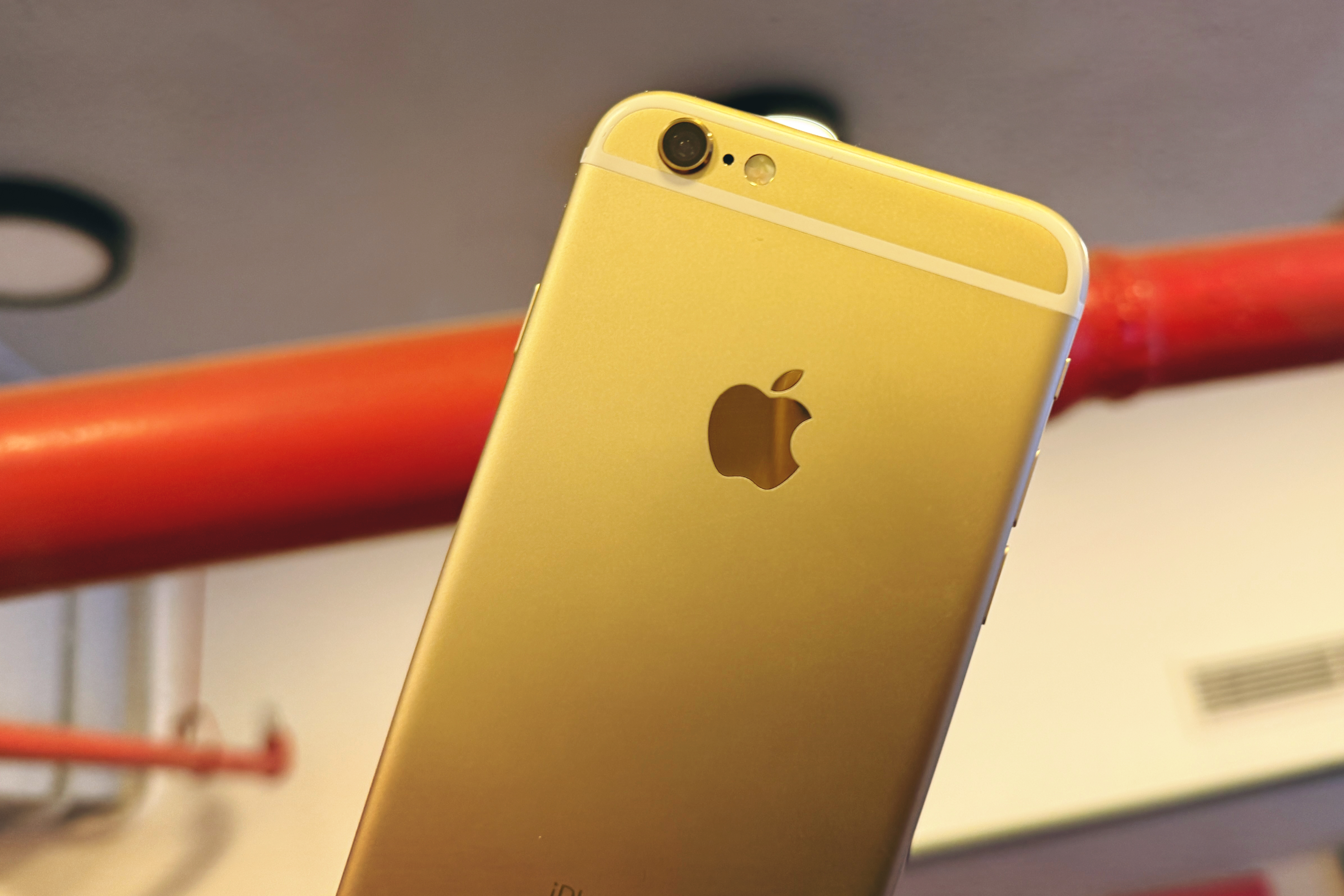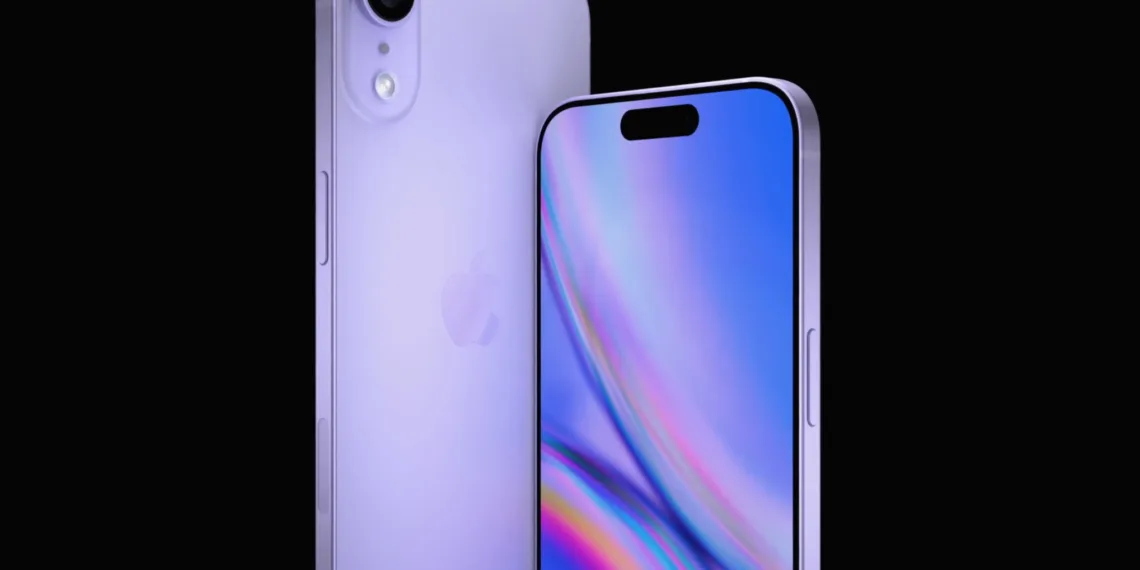Apple is set to introduce its first proprietary cellular modem in its iPhones and iPads beginning next year. This initiative will launch with the refreshed iPhone SE in 2025 and is designed to reduce Apple’s dependency on external suppliers for modem components.
This transition also allows Apple’s engineers greater flexibility to explore innovative designs. One potential outcome of this shift could be the anticipated iPhone 17 Slim or Air, which is expected to take the place of the existing “Plus” model in the product lineup.
According to a report from Bloomberg, the integration of Apple’s own modem will enable the creation of a smartphone that is approximately 2 millimeters thinner than the iPhone 16 Pro, while still accommodating essential components like the battery, display, and camera system.
The report further highlights that the new iPhone 17 Slim model will be among the first devices to utilize Apple’s custom-designed “Sinope” modem. This modem will support 5G connectivity but will not offer the faster mmWave option, and is reported to fall short of Qualcomm’s modem in terms of carrier aggregation capabilities.

For years, Apple engineers have expressed frustration over the amount of space consumed by Qualcomm’s modems and other interconnected components, prompting the company to consider developing its own solutions.
This journey started with Apple’s acquisition of Intel’s smartphone modem division, and further sourcing talent directly from Qualcomm. If the Bloomberg report holds true, the new iPhone could achieve a sleek thickness of just 6.25 millimeters.
In comparison, the slimmest phone Apple has released to date, the iPhone 6, measures 6.9 millimeters. In the Android segment, the Honor Magic V3 foldable smartphone boasts a thickness of merely 4.4 millimeters while opened. Furthermore, a decade ago, the Vivo Air debuted in the U.S. at a slight 5.1 millimeters.
Advancements in smartphone technology have significantly evolved, leading manufacturers to prioritize larger batteries, enhanced camera modules, and better thermal management over maintaining ultra-slim profiles.

As Apple re-enters the race for slimmer phones, there are concerns about potential compromises. Will features like MagSafe wireless charging remain? What will happen to heat management systems? Early reports suggest a possible reduction to a single rear camera, highlighting a trade-off that consumers might face.
Additionally, it’s important to remember the “bendgate” controversy that affected the iPhone 6 series, where reports of bending prompted Apple to showcase the phone undergoing stress tests to reassure customers of its durability. This incident also led to a flurry of jokes and memes online.
Moreover, thinner smartphones, particularly with sharp edges and flat sides, can be uncomfortable to hold. It remains to be seen what Apple’s marketing approach will be for the slimmer iPhone 17 model, but one can only hope that it remains affordably priced and offers a solid value in terms of hardware.


